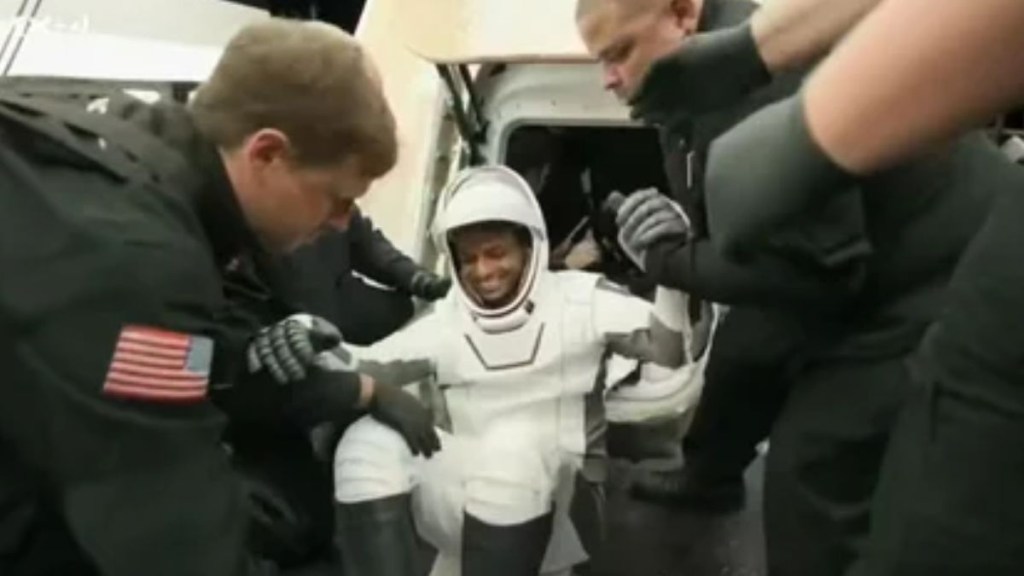The Axiom Mission 4 (Ax-4) safely returned to Earth on Tuesday after spending 20 days in space. The SpaceX Dragon spacecraft carrying the four-member crew splashed down in the Pacific Ocean at 2:31 am PDT.
The mission was led by veteran astronaut Peggy Whitson, who has spent a record 695 days in space over five missions. She was joined by Indian pilot Shubhanshu Shukla, and mission specialists Sławosz Uznanski-Wisniewski and Tibor Kapu. During their stay aboard the International Space Station (ISS), the private astronauts carried out several microgravity experiments.
How blood flows in weightlessness in space
Even after Ax-4’s return, scientific work on the space station is in full swing. Crew members from Expedition 73 have begun new studies focused on how the human body adapts to life in space.
NASA astronauts Jonny Kim and Anne McClain conducted heart scans using ultrasound equipment to understand how blood flows in weightlessness. Later, McClain and NASA engineer Nichole Ayers studied how the nervous system adjusts to microgravity. McClain wore virtual reality goggles and responded to visual tests, while Ayers and ground-based doctors monitored the process. These studies are part of a group of 14 experiments under NASA’s CIPHER program, which focuses on long-duration human spaceflight.
Space effects on the heart and nervous system
Living in microgravity affects the human body in many ways, especially the cardiovascular and nervous systems. In space, the heart doesn’t have to work as hard to pump blood, which can change blood flow and pressure. Astronauts may also experience light-headedness and reduced circulation when they return to Earth.
To understand these effects, astronauts aboard the ISS are undergoing heart scans using the Ultrasound 2 device. These tests help scientists see how the heart changes in space and how quickly it recovers after return.
Another area of study is the nervous system, particularly balance and coordination. Without gravity, the body’s sense of orientation can become confused. These findings will help doctors develop better support systems for astronauts on future long-duration missions, including flights to the Moon or Mars.
What happens when astronauts like Shubhanshu Shukla return
Once astronauts return to Earth, they are not allowed to meet the public immediately. They are kept in quarantine, closely monitored by medical teams, and have to take several tests to assess their physical and mental health.
Astronauts like Shukla go through a recovery program to get back to normal. This includes physiotherapy to regain muscle strength and balance, heart monitoring and blood pressure checks, vision tests and eye scans, bone density evaluations and mental health support to manage stress and mood changes.
Doctors also use advanced tools like MRI scans and spinal ultrasounds to track changes in bone and muscle structure. Regular fitness tests ensure their heart is functioning well after the mission.








